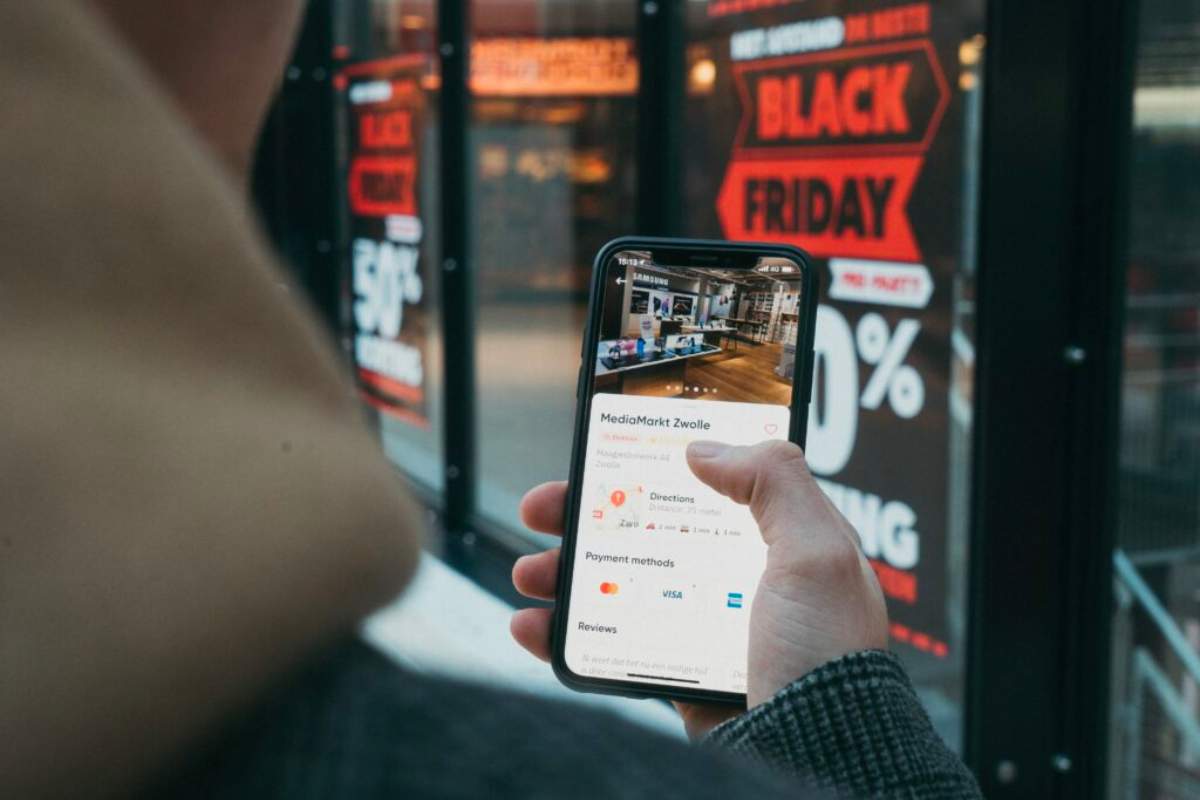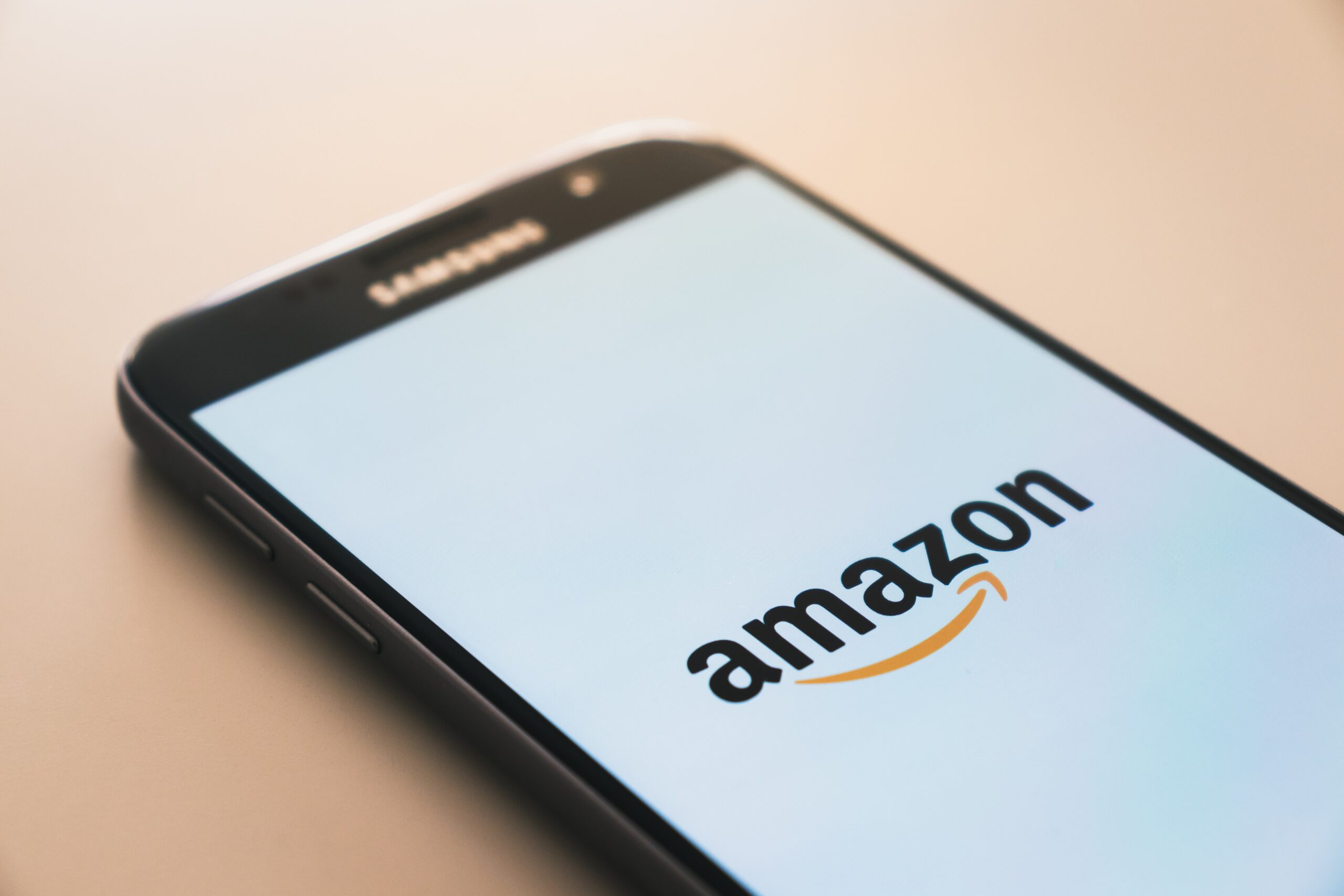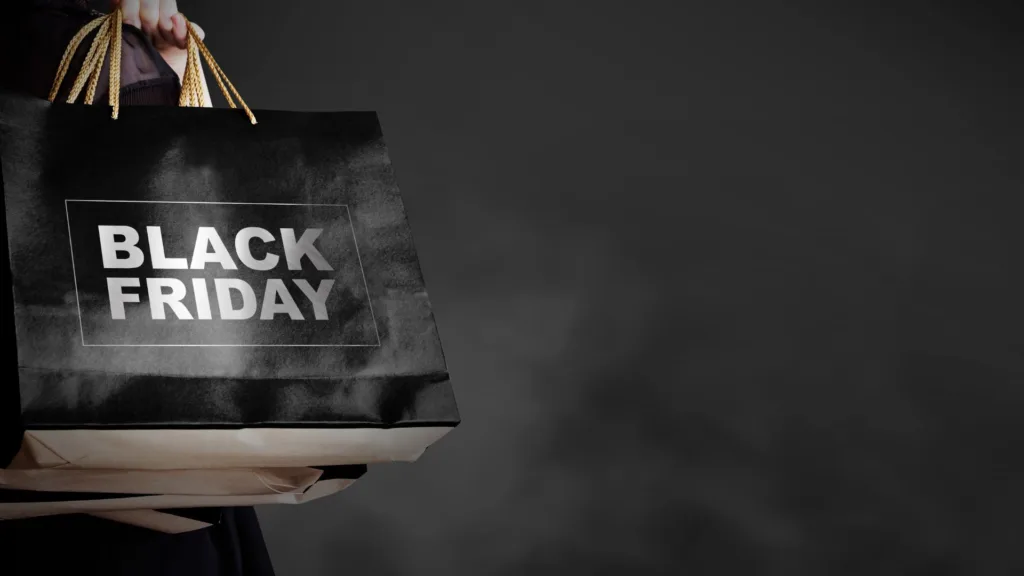SUBSCRIPTION POV #17
By Morten Suhr Hansen
At the time of writing this, we are going into the “Black Week”. The week culminates on Friday with the biggest discount day of the year, Black Friday. Here, retail companies across the globe will throw themselves into a wild battle for customers and cash and throw large discounts on anything that the heart may want and money can buy.

But is this really the right way to go, when it comes to a healthy business? Or should retail companies rather focus on creating more loyal customers and closer relations, as opposed to a hysterical focus on Black Friday?
It seems like this development is already happening. In these years, we are seeing more and more paid loyalty programs across very different companies, both digitally and in physical retail stores. And this creates much more value than any Black Friday.
Matas works to create stronger relations with their customers
Take Danish Matas as an example. The chain has gone from being a successful ‘brick-and-mortar’ company to selling to its customers across both physical and digital channels. In recent years, Matas has driven one of the most successful loyalty clubs in Denmark, Club Matas that now has 1,7 million members who acquire points on all purchases made.
In February of this year, Matas decided to extend Club Matas with a paid extension. Now, members of Club Matas can obtain even more points and benefits, if they become a part of Club Matas Plus. For just over 4 dollars a month, customers receive 3x points on all purchases, free shipping from Matas.com and an array of other, extraordinary benefits.

This makes Matas one of the most recent success stories, when it comes to paid loyalty programs.
How a paid loyalty program works
The American consultancy McKinsey announced a large analysis of paid loyalty programs on the American market in 2020. The analysis showed, both how these loyalty programs are spreading across the US and, how the programs are actually working.
According to McKinsey, COVID-19 has given retail companies an opportunity to look new ways:
”The shift away from points-only loyalty programs was already well underway when the crisis hit. In this new paradigm, paid loyalty programs offer an attractive option for companies both to attract new customers and to shore up long-term customer value in the midst of a tectonic shift in consumer loyalty and preferences”.
At the same time, McKinsey concludes that 63% of Americans now pay for one or more paid loyalty programs. Naturally, Amazon Prime takes up a huge chunk, because 48% of Americans have a membership with Amazon. However, 39% of Americans also have a membership for at least one other paid loyalty program.

So do they work? Yes, if you ask the Americans themselves, numbers show that 43% say that they are more likely to shop at least weekly, at the company where they are part of a paid loyalty program. 59% say that they are more loyal to the company after joining a program and 62% say that they are likely to spend more money at the company when they are part of a paid loyalty program.
Danish companies are already ahead in the loyalty race
Actually, it seems like paid loyalty programs are taking on in the Danish retail space. This applies to a number of companies that we have helped in that direction. It applies to Matas, as before mentioned, but is also applies for other companies like REKOM (Scandinavia’s leading nightlife group) with NightPay and Ejner Hessel, Denmark’s largest car dealership, with their Hessel Plus program. And many more are coming…
There is no doubt that Amazon Prime and its long-awaited entry to Denmark has made the retail industry think about how to fence in their customers before Amazon and their Prime service enters the country. And it is not an empty threat. Around 6 months after Amazon landed in Sweden, they have launched Amazon Prime at just 59 Swedish kroner (6,5 dollars) a month. Before long, many Swedes, through Amazon Prime, will have Amazon as their preferred marketplace online. And it is fair to expect that they have roughly the same roll-out plan in Denmark and Norway.
Last week, we had the pleasure of visiting the retail-conference Loyalty Days in Oslo and introducing them to paid loyalty programs. We sense a huge interest from the Norwegian retail industry, driven by the fear of Amazon entering Norway, so I bet that we will see paid loyalty programs catch on in other parts of Scandinavia before long.
Naturally, I hope for a terrific Black Friday for the entire retail industry this Friday. But when the day has come and passed, consider whether a paid loyalty program should be the next step towards even more loyal customers.


